While research protection mandates and concerns over intellectual property are making headlines, mandates are not a new issue. However, they are increasingly complex to understand, track, and ensure your institute is compliant. In one of our recent webinars, Heidi Becker, Senior Product Specialist & Engagement Manager at Dimensions, talks us through the multiple ways a Compliance Office and their team can use Dimensions in their everyday tasks. Here are the highlights.
A global concern
Mandates are rooted in global concern. They arose at a time of heightened political tensions between the United States and Russia during the 1980s. From there, mandates have continued to evolve. If you are interested in reading more on the history of related federal actions, we recommend the July 2019 NCURA webinar entitled ‘Addressing Security Concerns and Foreign Threats to the Integrity of the U.S. Research Enterprise.’
Increased scrutiny & risk
Ultimately, whether we like them or not, mandates affect every single federally funded research institution. More and more, we see widespread compliance checks taking place. As recently as last year, U.S. federal funders were significantly increasing their scrutiny concerning institutional compliance, increasing the pressure on those responsible for ensuring an institute is compliant. In figure 1 below, we see an example of a Dear Colleague letter issued from the National Science Foundation in 2019, revealing how the issue is being handled with respect to compliance around these foreign influence mandates.
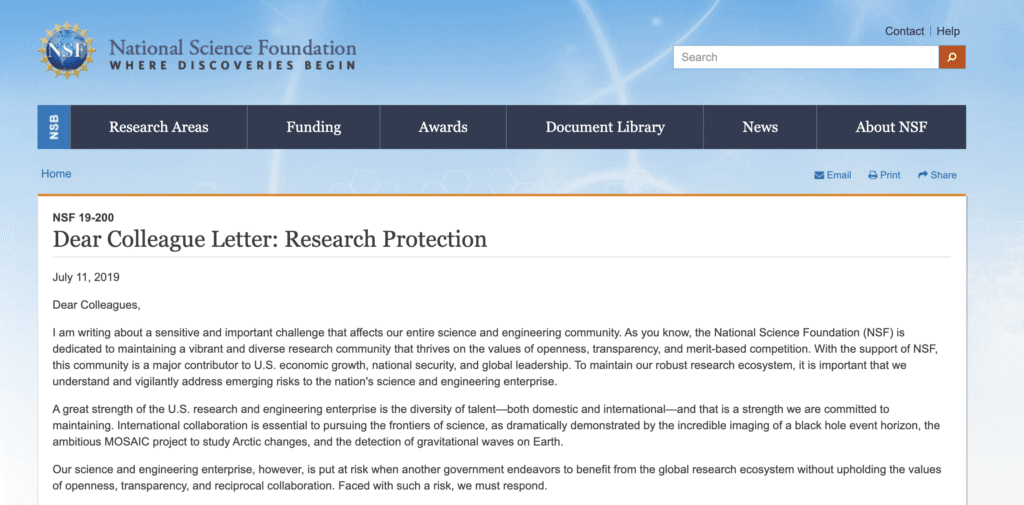
Figure 1: National Science Foundation
As a result, we see it reflected in a growing number of international news stories, some of which you may have seen for yourself:
- NIH Investigates Foreign Influence at U.S. Grantee Institutions
- NIH probe of foreign ties has led to undisclosed firings – and refunds from institutions
- ‘Foreign Influence’ in Research: Science and Security Under the Microscope
The bottom line is that as mandates grow in number and complexity, they are harder to comply with and increase the risk of non-compliance for an institution. As we have seen, stringent scrutiny to check institutes are compliant is in place but can be costly. So let’s take a look at how some Compliance Offices are reducing this risk and becoming more efficient in their compliance checking by using Dimensions.
Key benefits to Dimensions for Compliance Officers
- One source for all content types, no more searching through multiple databases
- Comprehensive researcher profiles that go beyond publications and funding information alone
- Easy filtering to find specific collaborations or undisclosed sources of funding
- Search for additional profiles with name variants or different institutional affiliations
- Easily export your data, even from analytical views
- In-app visualizations and charts for instant analysis
Connected, disambiguated information
The main reason Dimensions is so helpful to Compliance Officers in their daily tasks is its wealth of global, linked and disambiguated information. Because all the information is contained in one single database, the risk of errors and the time wasted switching between multiple sources or databases is significantly reduced. Now compliance checking is much faster than before and open to less human error and ultimately less risk for the institution or researcher in question.
Furthermore, the information in Dimensions is not scraped simply from secondary resources like publications. Instead, it is sourced directly from the original source, for example, funding bodies, publishers, patent offices and more, so it is continuously updated. When using Dimensions, compliance checks are performed with the most up to date and available information that exists.
Dimensions offers access to over 100 million publication records. This is vital for a Compliance Office which needs to run content checks across journal articles, books, pre-prints, policy documents, clinical studies, patents and more. A Compliance Officer needs access to metadata and citations from multiple sources, see figure 2 below.
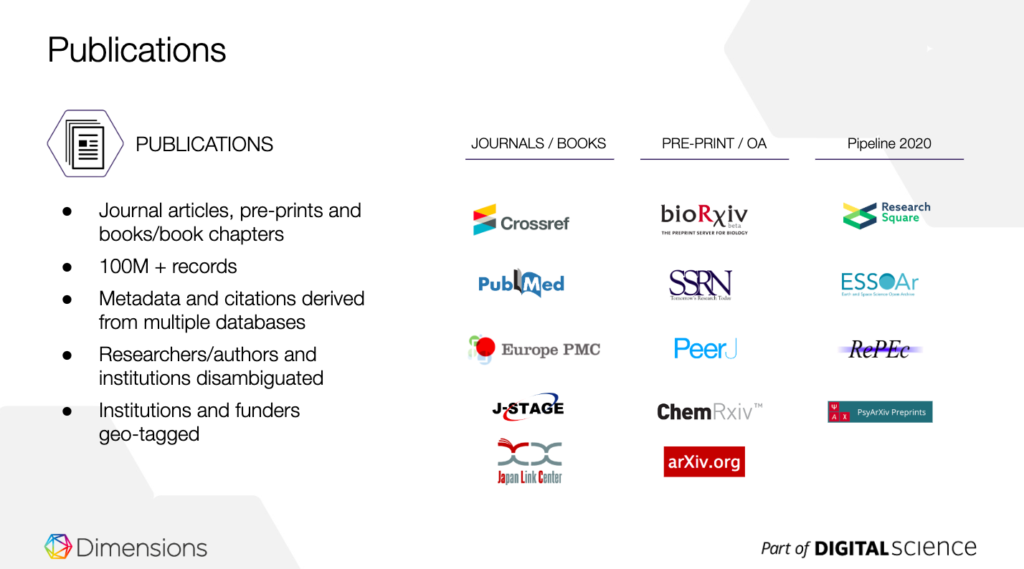
Figure 2: Types of Publication data through Dimensions
Additionally, fundamental to a compliance check is access to grant and funding data which is also available in Dimensions. Compliance Officers can access information on grants that are current, previous or even planned but not yet started. This helps to get a much richer picture on not only what has happened but what is going to happen, allowing for a proactive compliance strategy rather than reactive, see figure 3.
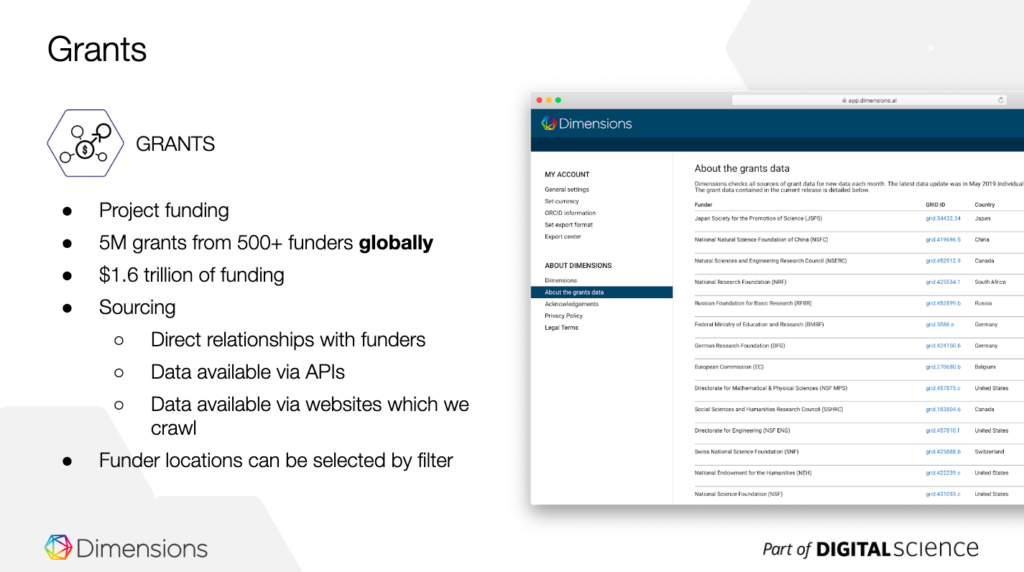
Figure 3: Grant and funding data in Dimensions
Types of simple searches in Dimensions to investigate conflict of interest
Dimensions offers Compliance Officers support in a variety of ways when it comes to investigating potential conflict of interest and other disclosures. Multiple search types can reveal essential information and help to connect all the dots.
Publications Content
- Publications associated with researcher profile(s) in Dimensions
- Collaborating institutions, filtered by geographical location
- Identification of collaborators at specific institutions worldwide
Grants Information
- Grants associated with researcher profile(s) in Dimensions from over 500 funders around the world
- Identify collaborating PIs, filtered by an institution or geographical location
Patents Documents
- Intellectual property claims associated with researcher profiles in Dimensions, full text searching for name variants from various global registries
Clinical Trials
- Clinical trials associated with researcher profile(s) in Dimensions from multiple global registries
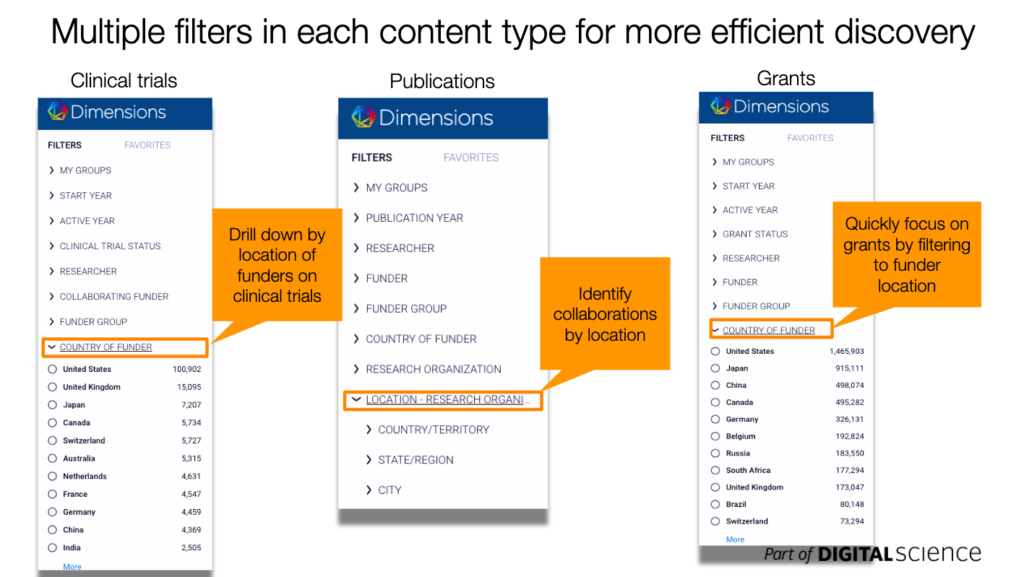
Figure 4: Searches & filters in Dimensions
Case Examples
As you can see in figure 5, Compliance Officers can investigate a specific researcher or institution as well as the country that is funding them (either in part or in whole). This is important when looking at potential conflicts, especially as some countries have mandates and others don’t. It can be challenging following them all, but Dimensions helps you understand the picture in just a couple of clicks. And don’t forget you can look at details like co-PIs etc. to build up your full analysis.
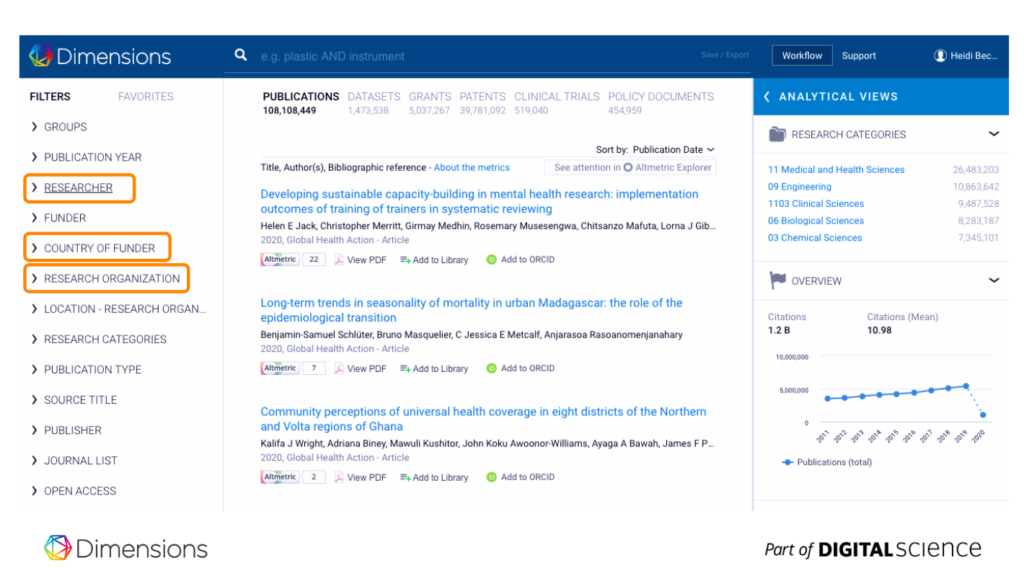
Figure 5: Case example of compliance checking using Dimensions
Analytical views is a sophisticated function in Dimensions allowing Compliance Officers to get instant insights into where they need to dive deeper or pay more attention. Figures 6 & 7 show how the analytical views in grants information, for example, can help a Compliance Officer find out who the funders are in a specific region, how many grants they awarded to an institution and what the aggregated funding amount is. You can also click on one particular funder or grant to see more detailed analysis, for example, understanding geographically where the funding is coming from that is associated with a specific institute or even researcher.
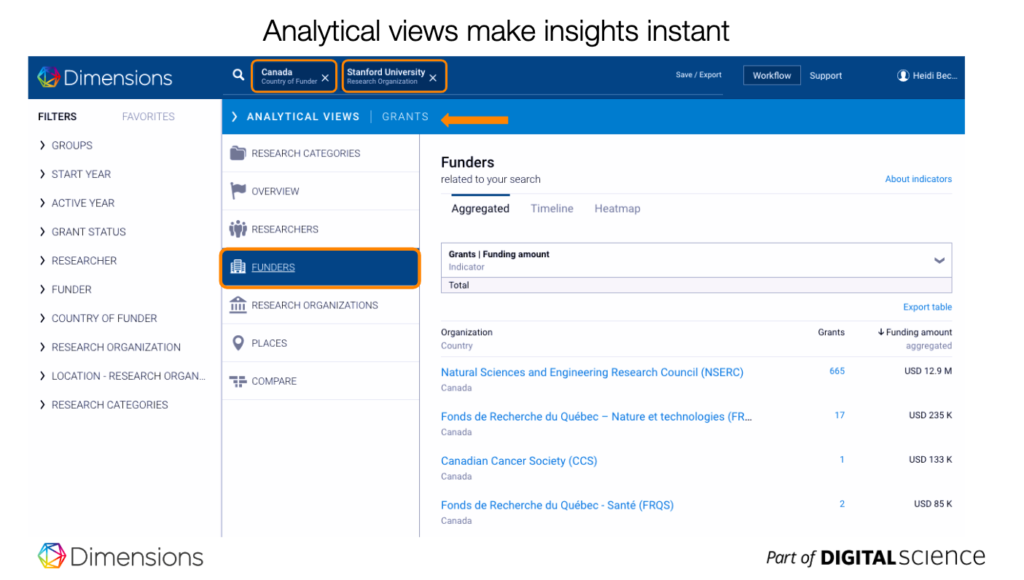
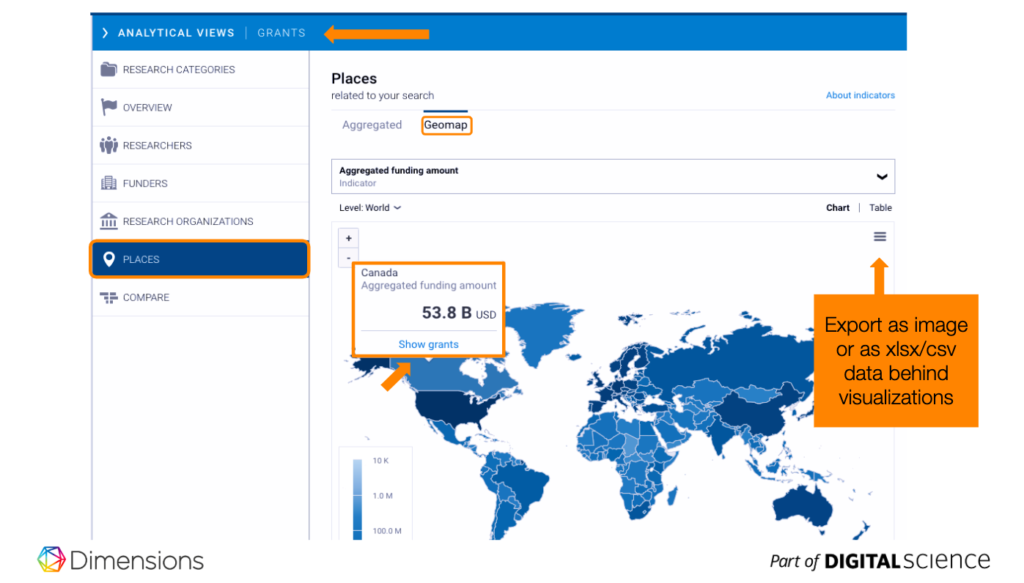
In conclusion, accessing our comprehensive data and making use of Dimensions extensive functionality, can save you and your team a significant amount of time and effort in complying with federal mandates. Ultimately, this also helps to reduce the risk of finding out your institution or a researcher has not been compliant.
